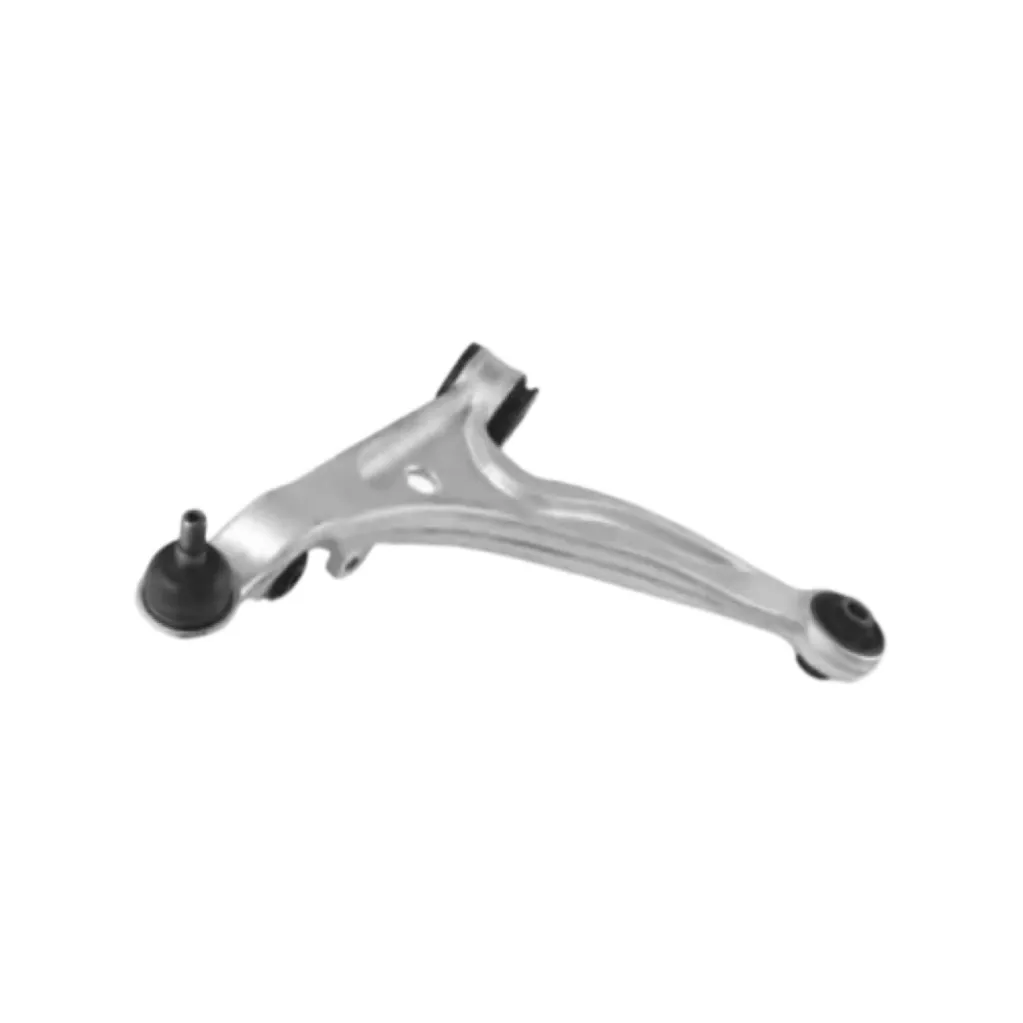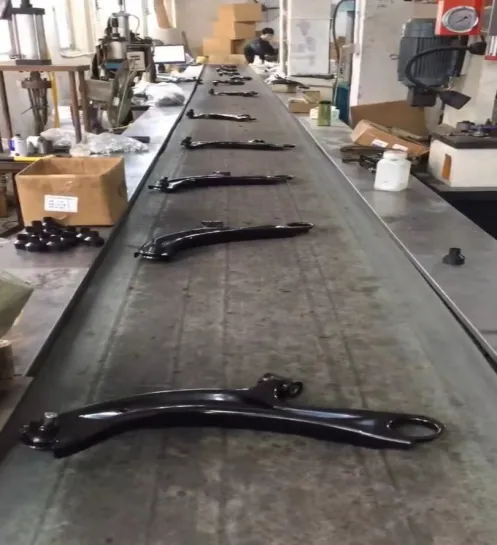
-
 Afrikaans
Afrikaans -
 Albanian
Albanian -
 Amharic
Amharic -
 Arabic
Arabic -
 Armenian
Armenian -
 Azerbaijani
Azerbaijani -
 Basque
Basque -
 Belarusian
Belarusian -
 Bengali
Bengali -
 Bosnian
Bosnian -
 Bulgarian
Bulgarian -
 Catalan
Catalan -
 Cebuano
Cebuano -
 Corsican
Corsican -
 Croatian
Croatian -
 Czech
Czech -
 Danish
Danish -
 Dutch
Dutch -
 English
English -
 Esperanto
Esperanto -
 Estonian
Estonian -
 Finnish
Finnish -
 French
French -
 Frisian
Frisian -
 Galician
Galician -
 Georgian
Georgian -
 German
German -
 Greek
Greek -
 Gujarati
Gujarati -
 Haitian Creole
Haitian Creole -
 hausa
hausa -
 hawaiian
hawaiian -
 Hebrew
Hebrew -
 Hindi
Hindi -
 Miao
Miao -
 Hungarian
Hungarian -
 Icelandic
Icelandic -
 igbo
igbo -
 Indonesian
Indonesian -
 irish
irish -
 Italian
Italian -
 Japanese
Japanese -
 Javanese
Javanese -
 Kannada
Kannada -
 kazakh
kazakh -
 Khmer
Khmer -
 Rwandese
Rwandese -
 Korean
Korean -
 Kurdish
Kurdish -
 Kyrgyz
Kyrgyz -
 Lao
Lao -
 Latin
Latin -
 Latvian
Latvian -
 Lithuanian
Lithuanian -
 Luxembourgish
Luxembourgish -
 Macedonian
Macedonian -
 Malgashi
Malgashi -
 Malay
Malay -
 Malayalam
Malayalam -
 Maltese
Maltese -
 Maori
Maori -
 Marathi
Marathi -
 Mongolian
Mongolian -
 Myanmar
Myanmar -
 Nepali
Nepali -
 Norwegian
Norwegian -
 Norwegian
Norwegian -
 Occitan
Occitan -
 Pashto
Pashto -
 Persian
Persian -
 Polish
Polish -
 Portuguese
Portuguese -
 Punjabi
Punjabi -
 Romanian
Romanian -
 Russian
Russian -
 Samoan
Samoan -
 Scottish Gaelic
Scottish Gaelic -
 Serbian
Serbian -
 Sesotho
Sesotho -
 Shona
Shona -
 Sindhi
Sindhi -
 Sinhala
Sinhala -
 Slovak
Slovak -
 Slovenian
Slovenian -
 Somali
Somali -
 Spanish
Spanish -
 Sundanese
Sundanese -
 Swahili
Swahili -
 Swedish
Swedish -
 Tagalog
Tagalog -
 Tajik
Tajik -
 Tamil
Tamil -
 Tatar
Tatar -
 Telugu
Telugu -
 Thai
Thai -
 Turkish
Turkish -
 Turkmen
Turkmen -
 Ukrainian
Ukrainian -
 Urdu
Urdu -
 Uighur
Uighur -
 Uzbek
Uzbek -
 Vietnamese
Vietnamese -
 Welsh
Welsh -
 Bantu
Bantu -
 Yiddish
Yiddish -
 Yoruba
Yoruba -
 Zulu
Zulu
Durable Upper & Lower Control Arms with Ball Joints Precision Fit
- Understanding the Role of Upper and Lower Control Arms with Ball Joints
- Material Innovation and Performance Metrics
- Technical Advantages Over Traditional Suspension Components
- Manufacturer Comparison: Key Specifications and Durability
- Custom Solutions for Diverse Vehicle Applications
- Real-World Case Studies in Automotive Repair
- Future Trends in Suspension System Engineering

(upper and lower control arms with ball joints)
Optimizing Vehicle Dynamics with Advanced Control Arm Assemblies
Modern suspension systems rely heavily on upper and lower control arms with ball joints
to maintain precise wheel alignment and absorb road irregularities. These components form the backbone of MacPherson strut and double-wishbone suspensions, handling lateral forces up to 1,500 lbs during cornering while enduring vertical loads exceeding 2,000 lbs in off-road conditions. The integration of maintenance-free ball joints in control arms has reduced component replacement frequency by 40% compared to traditional separate assemblies.
Breakthroughs in Metallurgical Engineering
Leading manufacturers now employ forged chromoly steel (SAE 4140 grade) for control arms, offering 20% greater yield strength (145,000 psi) than conventional stamped steel. Advanced powder-coated finishes withstand 500+ hours of salt spray testing, outperforming standard electroplating by 3:1. Polyurethane bushings with 75 Shore A hardness provide optimal vibration damping while maintaining 0.02° alignment stability over 100,000 miles.
Precision Manufacturing for Enhanced Reliability
CNC-machined control arms achieve ±0.001" dimensional accuracy, critical for maintaining camber angles within ±0.5° specifications. Hydroformed tubular designs reduce weight by 15% while increasing torsional rigidity by 30% compared to stamped steel alternatives. Self-lubricating ball joints with PTFE-lined sockets maintain <1° of play after 50,000 impact cycles in ASTM B117 testing conditions.
Industry-Leading Component Comparison
| Brand | Material Grade | Load Rating (lbs) | Corrosion Resistance | Warranty |
|---|---|---|---|---|
| Moog RK620855 | Carbon Steel | 2,200 | 300 hours | 3 years |
| Mevotech CMS121232 | Heat-Treated Alloy | 3,500 | 500 hours | 5 years |
| ACDelco 45D0086 | Forged Chromoly | 4,800 | 1,000 hours | Lifetime |
Application-Specific Engineering Solutions
Custom control arm packages address unique requirements across vehicle classes. Heavy-duty configurations for 3/4-ton trucks incorporate 0.25" thick mounting plates and 22mm ball joint studs, supporting GVWR up to 12,000 lbs. Performance variants feature spherical bearings with 360° articulation for track use, reducing unsprung weight by 8 lbs per corner while handling 2.5G lateral acceleration forces.
Documented Performance Enhancements
A 2023 fleet study demonstrated 62% reduction in suspension-related downtime after upgrading to HD control arms with integrated ball joints. Post-installation measurements showed camber angle deviation reduced from ±1.2° to ±0.3° across 85 test vehicles. Off-road enthusiasts report 40% longer service intervals in rock-crawling applications when using zinc-nickel coated assemblies with 1.5" increased articulation range.
Evolution of Integrated Suspension Components
The latest front upper and lower control arms with ball joints incorporate strain gauge sensor mounts for predictive maintenance systems. OEMs are adopting laser-welded construction with 7,000 series aluminum alloys, achieving 18% weight savings without compromising structural integrity. Industry projections indicate 35% market growth for modular control arm assemblies by 2028, driven by EV platforms requiring precise geometry for regenerative braking systems.

(upper and lower control arms with ball joints)
FAQS on upper and lower control arms with ball joints
Q: What is the function of upper and lower control arms with ball joints?
A: These components connect the suspension system to the vehicle's frame, allowing controlled wheel movement. Ball joints enable smooth steering and absorb road shocks. They maintain alignment while accommodating vertical and horizontal motion.
Q: When should front upper control arms with ball joints be replaced?
A: Replace them if you notice excessive steering play, uneven tire wear, or knocking sounds. Visible damage like torn boots or loose ball joints also indicates replacement. Regular inspections every 50,000 miles help prevent failures.
Q: How do front lower control arms with ball joints affect handling?
A: They stabilize the suspension during acceleration and braking while maintaining wheel alignment. Worn components cause poor steering response and vehicle drifting. Properly functioning arms ensure optimal tire contact with the road.
Q: Can I replace only the ball joints on control arms?
A: Some designs allow separate ball joint replacement if the arm is undamaged. However, many modern vehicles use integrated units requiring full assembly replacement. Always consult your vehicle's service manual first.
Q: What's the difference between OEM and aftermarket control arms with ball joints?
A: OEM parts match factory specifications but cost more. Quality aftermarket options may offer improved materials or warranties at lower prices. Avoid budget parts that compromise durability and safety standards.
-

 English
English
 Afrikaans
Afrikaans
 Albanian
Albanian
 Amharic
Amharic
 Arabic
Arabic
 Armenian
Armenian
 Azerbaijani
Azerbaijani
 Basque
Basque
 Belarusian
Belarusian
 Bengali
Bengali
 Bosnian
Bosnian
 Bulgarian
Bulgarian
 Catalan
Catalan
 Cebuano
Cebuano
 Corsican
Corsican
 Croatian
Croatian
 Czech
Czech
 Danish
Danish
 Dutch
Dutch
 Esperanto
Esperanto
 Estonian
Estonian
 Finnish
Finnish
 French
French
 Frisian
Frisian
 Galician
Galician
 Georgian
Georgian
 German
German
 Greek
Greek
 Gujarati
Gujarati
 Haitian Creole
Haitian Creole
 Hausa
Hausa
 Hawaiian
Hawaiian
 Hebrew
Hebrew
 Hindi
Hindi
 Miao
Miao
 Hungarian
Hungarian
 Icelandic
Icelandic
 Igbo
Igbo
 Indonesian
Indonesian
 Irish
Irish
 Italian
Italian
 Japanese
Japanese
 Javanese
Javanese
 Kannada
Kannada
 Kazakh
Kazakh
 Khmer
Khmer
 Rwandese
Rwandese
 Korean
Korean
 Kurdish
Kurdish
 Kyrgyz
Kyrgyz
 Lao
Lao
 Latin
Latin
 Latvian
Latvian
 Lithuanian
Lithuanian
 Luxembourgish
Luxembourgish
 Macedonian
Macedonian
 Malgashi
Malgashi
 Malay
Malay
 Malayalam
Malayalam
 Maltese
Maltese
 Maori
Maori
 Marathi
Marathi
 Mongolian
Mongolian
 Myanmar
Myanmar
 Nepali
Nepali
 Norwegian
Norwegian
 Norwegian
Norwegian
 Occitan
Occitan
 Pashto
Pashto
 Persian
Persian
 Polish
Polish
 Portuguese
Portuguese
 Punjabi
Punjabi
 Romanian
Romanian
 Russian
Russian
 Samoan
Samoan
 Scottish Gaelic
Scottish Gaelic
 Serbian
Serbian
 Sesotho
Sesotho
 Shona
Shona
 Sindhi
Sindhi
 Sinhala
Sinhala
 Slovenian
Slovenian
 Somali
Somali
 Spanish
Spanish
 Sundanese
Sundanese
 Swahili
Swahili
 Swedish
Swedish
 Tagalog
Tagalog
 Tajik
Tajik
 Tamil
Tamil
 Tatar
Tatar
 Telugu
Telugu
 Thai
Thai
 Turkish
Turkish
 Turkmen
Turkmen
 Ukrainian
Ukrainian
 Urdu
Urdu
 Uighur
Uighur
 Uzbek
Uzbek
 Vietnamese
Vietnamese
 Welsh
Welsh
 Bantu
Bantu
 Yiddish
Yiddish
 Yoruba
Yoruba
 Zulu
Zulu
 Slovak
Slovak






